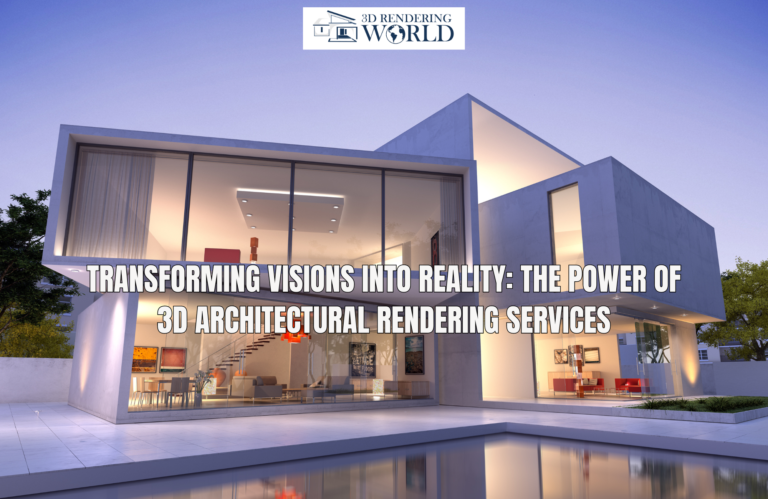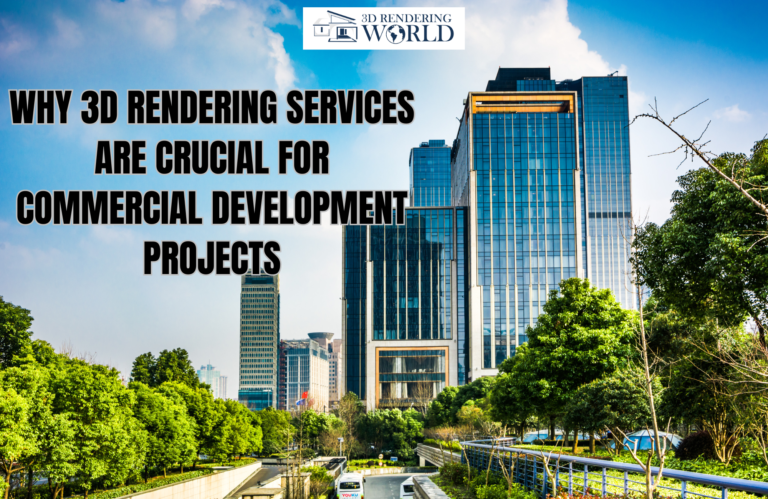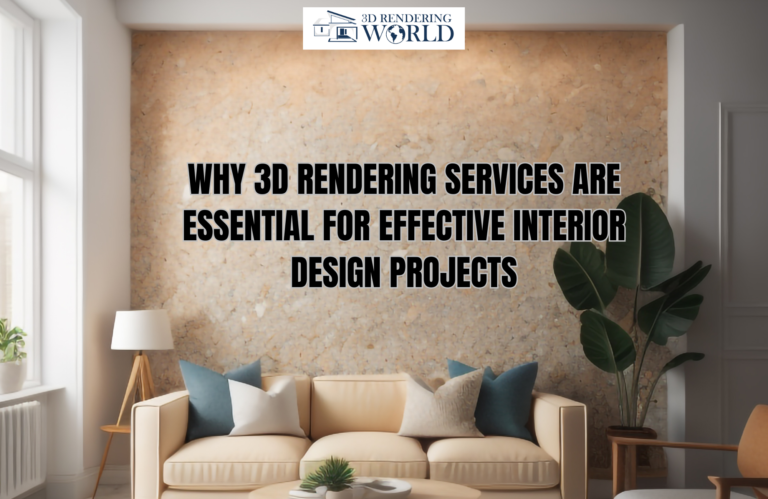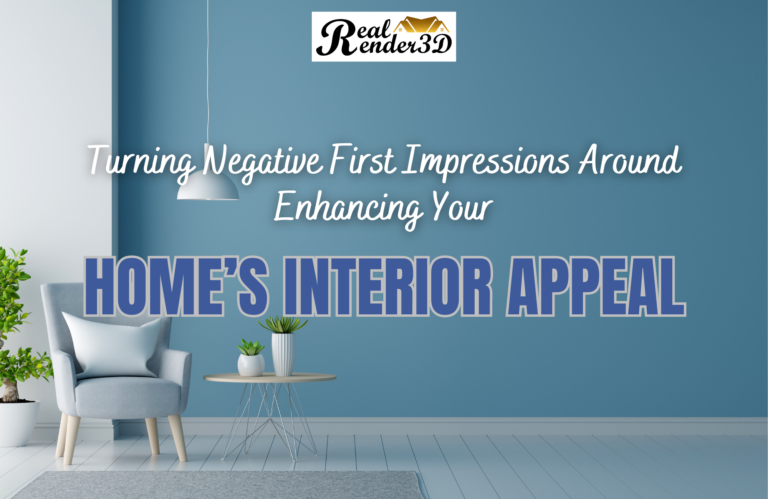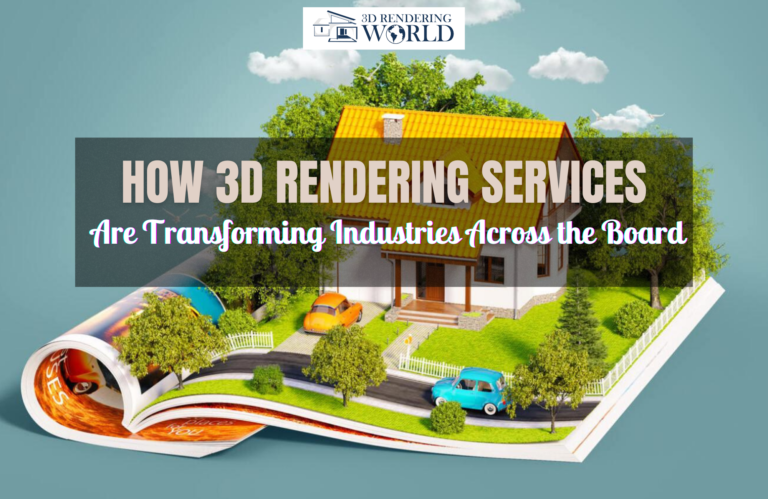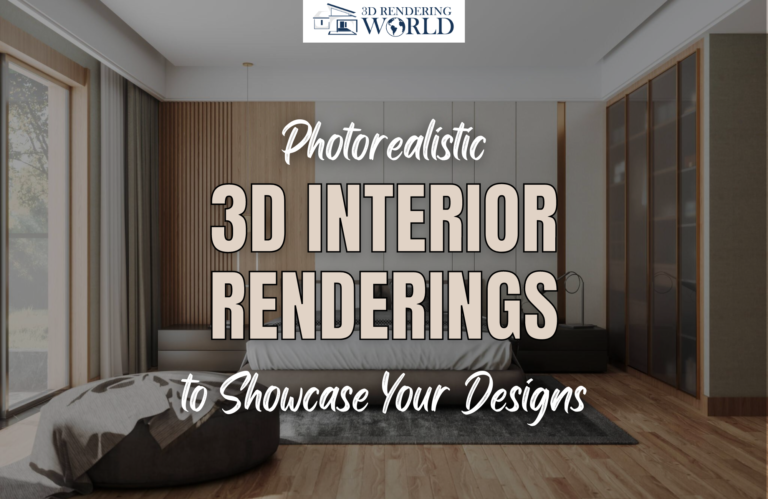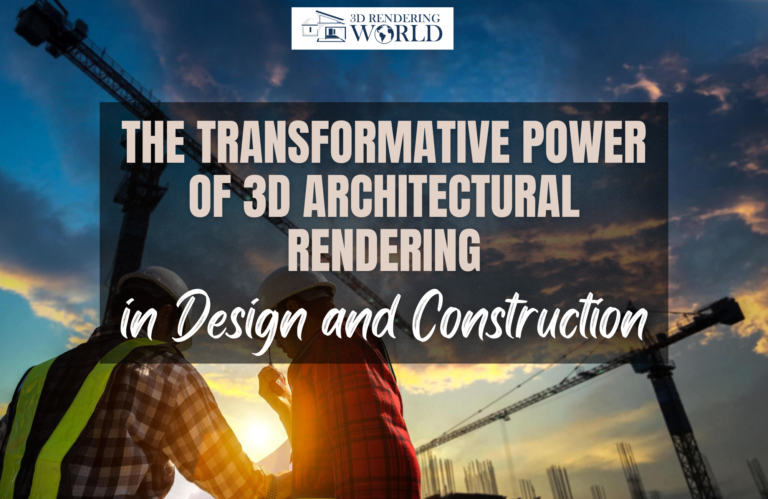Introduction
In the competitive world of design and architecture, the choice between 3D rendering services and traditional design methods is a pivotal decision for many professionals. This comparative analysis aims to highlight the differences, advantages, and potential applications of each approach, providing insight into why 3D rendering services are becoming increasingly preferred in the industry.
What are 3D Rendering Services?
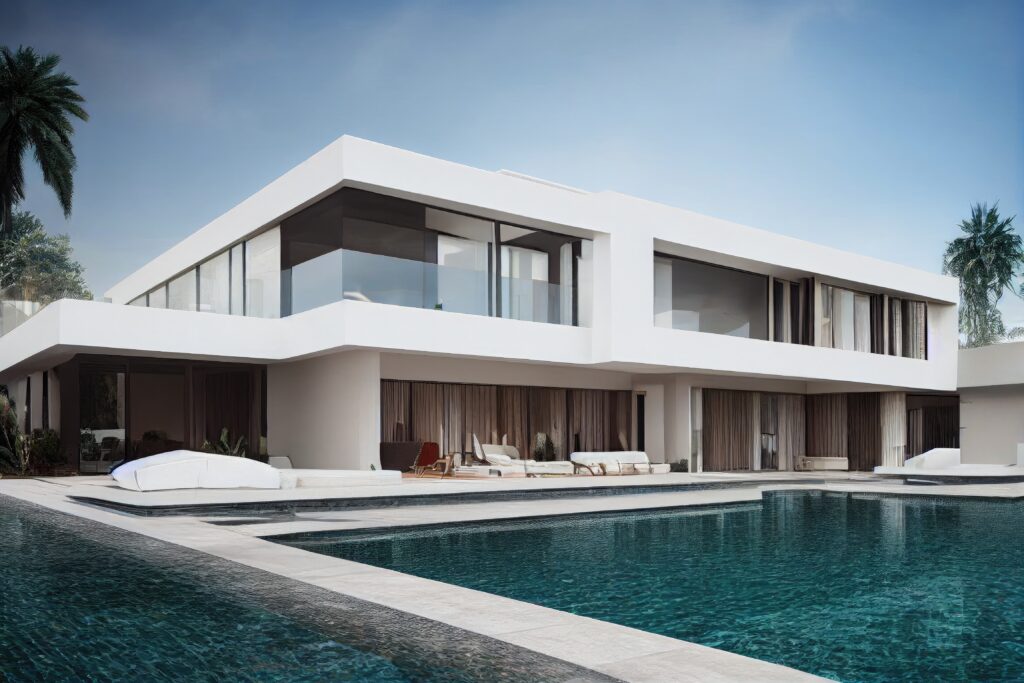
At its core, traditional design is about bringing ideas to life through hand-drawn sketches and physical models, a practice rich in history and craftsmanship. In contrast, 3D rendering services utilize advanced software to generate realistic images of projects, offering an unparalleled level of precision and flexibility. This digital method transforms how designers envision, refine, and present their ideas.
The Speed Advantage

When it comes to turning concepts into visual representations, 3D rendering services significantly outpace traditional methods. Digital tools enable faster creation and easier revisions of designs, facilitating a more dynamic and efficient workflow. This rapid turnaround is crucial in today’s fast-paced market, where time is often of the essence.
The Cost-Effectiveness of 3D Rendering Services

Despite the initial investment in software and hardware, 3D rendering services prove to be more economical in the long run. Traditional design methods can incur additional costs for materials and physical space for model-making. Digital rendering, however, requires only the initial setup, offering considerable savings over time, especially in terms of scalability and the reuse of models.
Precision and Detail with Architectural Rendering

3D architectural visualization, encompassing both 3D interior rendering and 3D exterior rendering, allows for an extraordinary level of detail. Designers can showcase every aspect of a project with accuracy, from material textures to natural lighting, enhancing the overall presentation and understanding of a proposed design.
Flexibility and Revisions for an Easy Process
The inherent flexibility of 3D rendering services makes them ideal for the iterative nature of design. Digital models can be easily adjusted, providing a practical solution for incorporating client feedback and making modifications without the need to start from scratch, as is often the case with traditional methods.
The Impact on Client Presentations

3D architectural visualization revolutionizes client presentations by offering immersive, lifelike experiences of proposed designs. Unlike flat, 2D drawings, 3D rendered images and animations allow clients to fully grasp and engage with a project, facilitating clearer communication and decision-making.
The Role in Property Marketing
In real estate, property marketing renders are a powerful tool. 3D rendering services enable developers to present properties in the most attractive light, even before construction begins. This not only boosts marketing efforts but also helps potential buyers visualize the space as their own, driving interest and sales.
Sustainable Design Practices

Transitioning to digital rendering also reflects a commitment to sustainability. Traditional design processes can be material-intensive and wasteful. 3D rendering services, on the other hand, minimize the environmental footprint by eliminating the need for physical models and reducing resource consumption.
Conclusion
As we’ve explored, 3D rendering services offer numerous advantages over traditional design methods, from speed and cost efficiency to precision and flexibility. With the ability to produce detailed, accurate, and immersive visualizations, these digital services are setting new standards in the design and architecture industries. As technology continues to advance, the preference for 3D rendering is likely to grow, further cementing its role as a crucial tool in the modern designer’s toolkit.
Frequently Asked Questions
3D rendering services are gaining popularity because they offer speed, efficiency, and precision in design. They allow for quick iterations, detailed visualizations, and flexible changes, aligning with the fast-paced nature of today's design and architecture industries.
These services streamline the design process by allowing for faster creation of visual representations and easier revisions. Digital tools enable rapid transformations of ideas into detailed models, significantly reducing the time required for manual drafting and model making.
Yes, 3D rendering services are cost-effective in the long run. While the initial setup requires investment in software and hardware, these services eliminate the recurring costs associated with traditional design methods, such as materials for physical models and the space needed for their construction.
3D architectural rendering can achieve unparalleled levels of detail, including accurate representations of textures, materials, and lighting. This level of precision enhances the understanding and visualization of a project before any physical construction begins.
Digital models created with 3D rendering services can be easily modified, allowing for quick adjustments based on feedback or design changes. This flexibility is crucial for making iterative improvements and ensuring the final design meets client expectations.
3D-rendered images and animations offer a realistic and immersive view of proposed designs, enabling clients to better understand and engage with a project. This clarity and interactivity facilitate more informed decision-making and communication between designers and clients.
Property marketing renders showcase properties in their best light and allow potential buyers to envision the space as their own, even before construction is complete. This visualization can significantly enhance marketing efforts, attract interest, and drive sales.
Switching to 3D rendering services reduces the environmental footprint of design projects by minimizing waste associated with physical models and the use of materials. Digital rendering promotes more sustainable design practices by leveraging technology to create detailed visualizations without the need for tangible resources.


